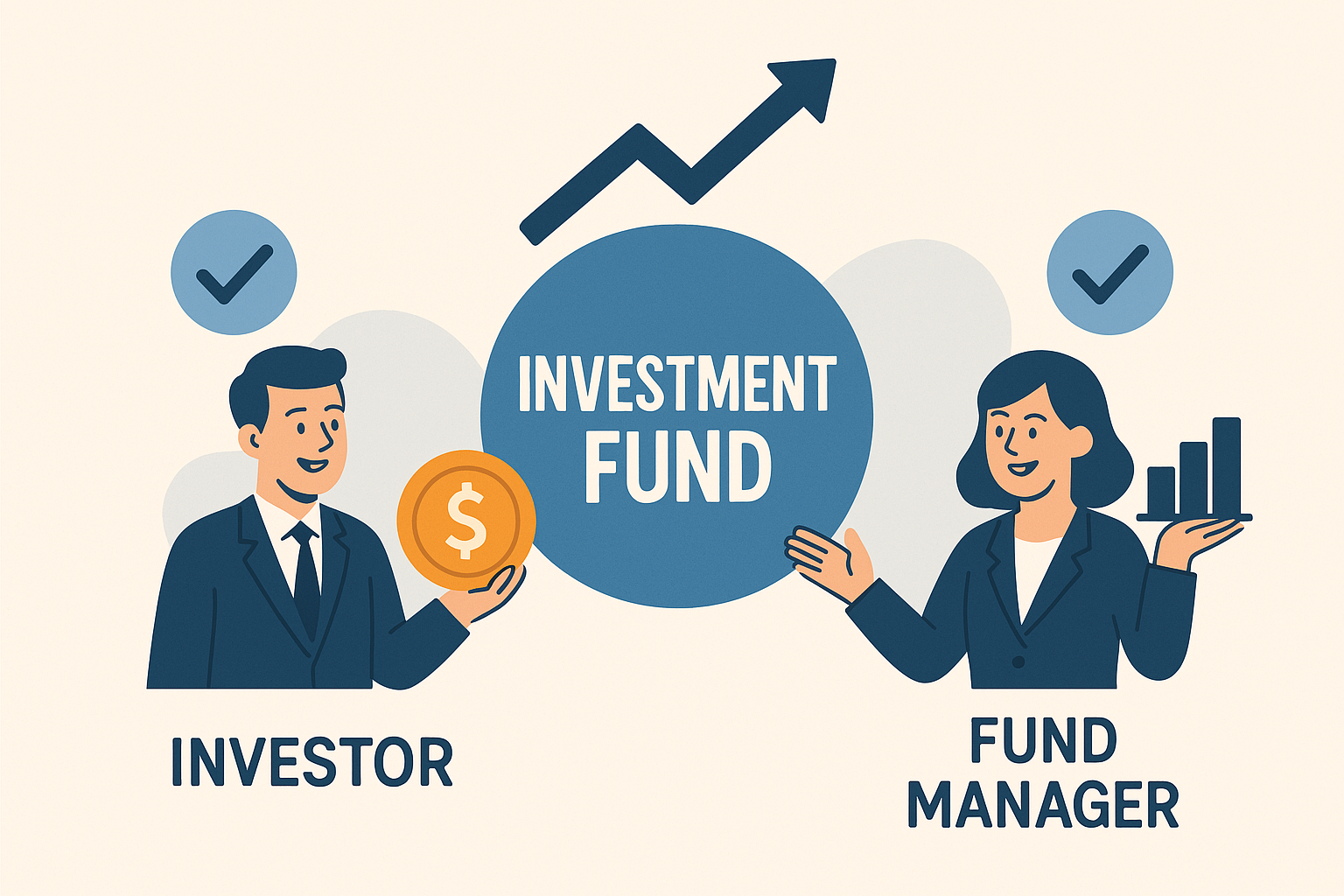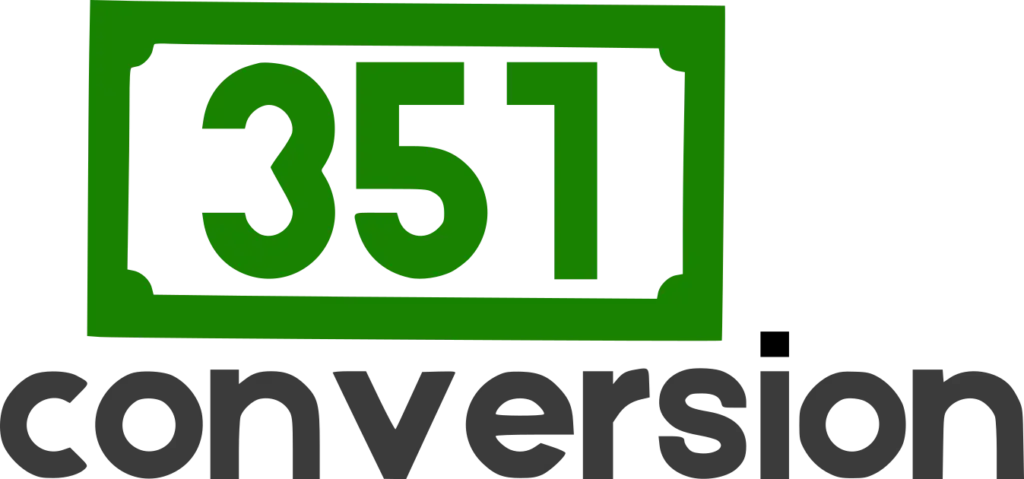For new ETF issuers, gathering substantial seed assets is often a challenging task. However, Section 351 of the Internal Revenue Code presents a unique opportunity to help issuers launch with significant Assets Under Management (AUM) while offering tax advantages to investors. This mechanism allows investors, particularly those with appreciated, low-basis assets, to contribute their holdings into a newly formed ETF in exchange for ETF shares without triggering immediate capital gains tax. Here’s how ETF issuers can take advantage of this process:
1. Identifying Potential Contributors
ETF issuers should target investors or financial advisors managing diversified portfolios with substantial unrealized gains. These are typically wealth advisors to high-net-worth individuals, registered investment advisors (RIA), family offices, and other financial advisors looking for a more tax-efficient vehicle without incurring capital gains taxes from liquidating assets outright for themselves or their clients.
2. Establishing a New ETF Launch
For the contribution to remain tax-free under Section 351(a), the initial investors must collectively control the ETF immediately after the exchange, defined as owning at least 80% of voting power and shares. Since this requirement is more easily met with a newly formed ETF, issuers can structure the fund accordingly. Contributions from authorized participants or public investors later in the process will not disrupt the initial control test.
3. Meeting Diversification Requirements
Contributed assets must already be diversified to qualify for tax-free treatment. The IRS stipulates that no single asset can exceed 25% of the portfolio’s total value, and assets exceeding 5% individually cannot collectively exceed 50% of the portfolio. ETF issuers must ensure contributor portfolios meet this diversification standard before proceeding.
4. Accepting Eligible Assets
While Section 351 does not explicitly restrict asset types, practical limitations exist for in-kind ETF conversions. Typically, accepted assets include:
- Publicly traded stocks
- Bonds
- Other ETFs/RICs
Assets not generally accepted for an ETF’s in-kind creation and redemption process include mutual funds, alternative assets (hedge funds, private equity), commodities, and cryptocurrency. The contributed assets must also align with the ETF’s strategy as outlined in its prospectus.
5. Executing the Exchange Process
ETF issuers must carefully plan the transaction to ensure smooth execution:
- Obtain consent from contributing investors
- Maintain accurate recordkeeping of the asset’s cost basis and holding periods (which carry over to the ETF shares)
- Work with custodians to facilitate in-kind transfers
- Secure a tax opinion to validate compliance
These steps require collaboration between the ETF issuer, investors, legal and tax professionals, custodians, fund administrators, and authorized participants (APs). White-label ETF providers may streamline the process.
6. Launching with Strong AUM
By consolidating contributions through a Section 351 exchange, an ETF can launch with substantial seed assets from the outset—often a necessity for meeting operational costs and liquidity requirements. AUM thresholds of at least $40–50 million are typically recommended for profitability. This approach bypasses the traditional reliance on institutional seed investments.
7. Managing and Rebalancing the Portfolio
Once the ETF is operational, fund managers can reallocate and rebalance assets to align with the ETF’s investment strategy. The ETF structure allows for tax-efficient adjustments, as in-kind transactions with APs generally do not trigger capital gains at the fund level. However, initial reallocation can cause short-term tracking errors relative to the target strategy.
Key Considerations for ETF Issuers
- One-Time Contribution Limit: Section 351 is typically used for a single contribution event, meaning ongoing tax-free contributions are not permitted after the ETF launch.
- Tax Deferral, Not Tax Elimination: Investors can defer capital gains tax but will eventually recognize gains unless shares are held until death (to receive a step-up in basis) or donated to charity.
- Operational Complexity: Issuers must engage experienced legal and operational teams to navigate the regulatory and tax implications.
Section 351 provides ETF issuers with a compelling strategy to launch with significant AUM, offering a tax-efficient solution for investors looking to transition diversified portfolios into an ETF structure. When executed properly, this approach enhances both liquidity and marketability for new funds.




